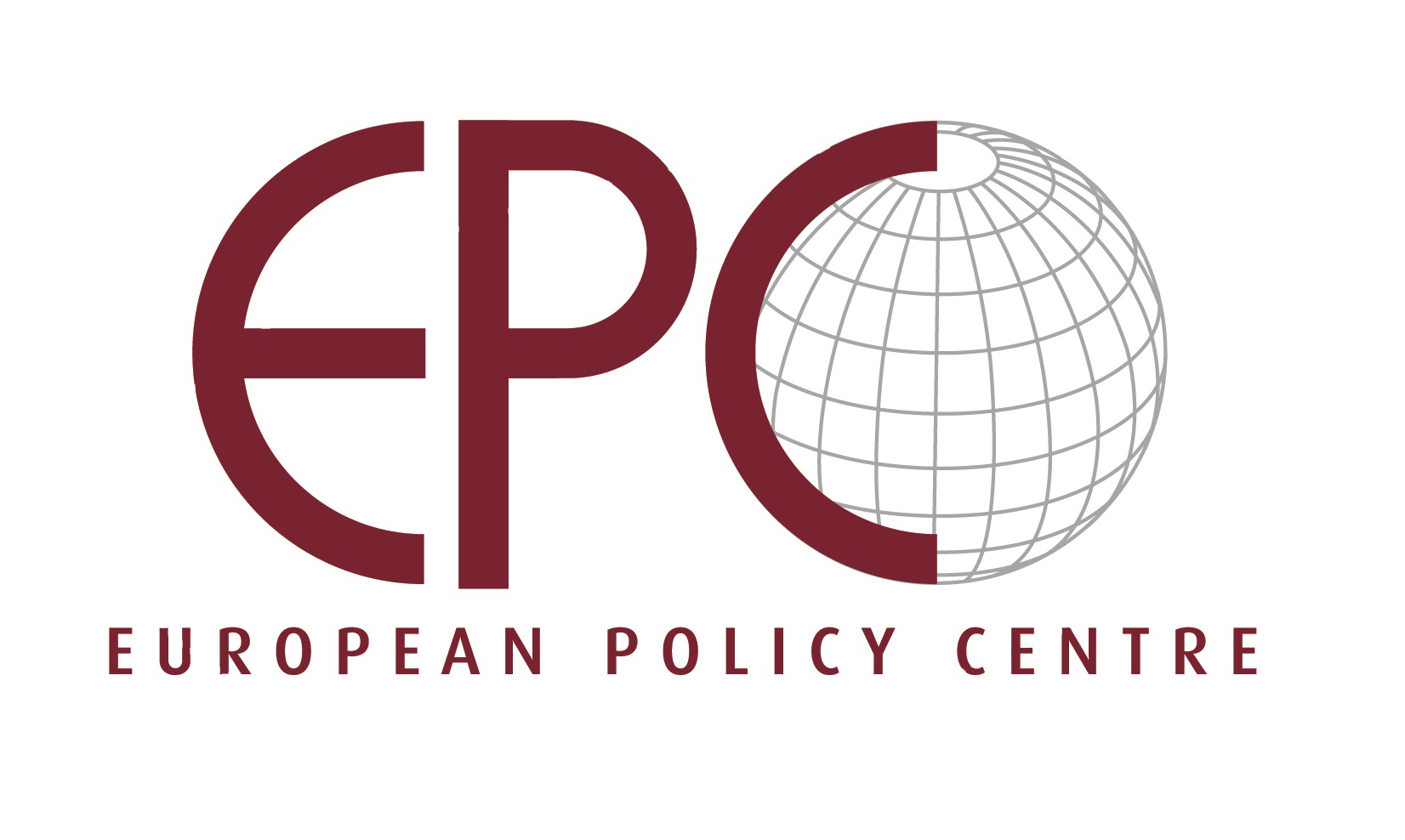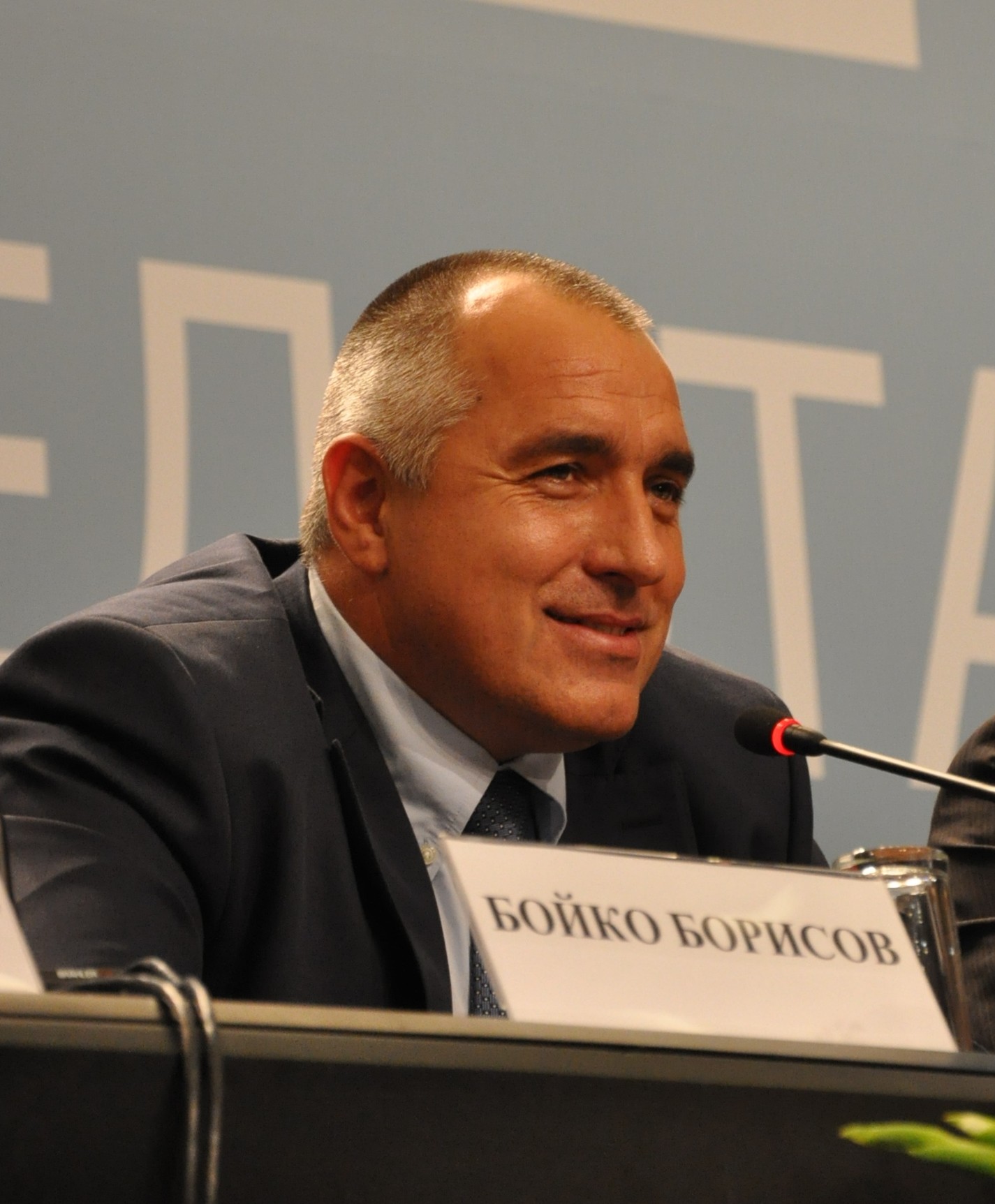|
Craiova Group
The Craiova Group (Quadrilateral), Craiova Four, or C4 is a cooperation project of four European statesRomania, Bulgaria, Greece and Serbiafor the purposes of furthering their European integration as well as economic, transport and energy cooperation with one another. The Group originated in a summit meeting of the heads of governments of Bulgaria, Romania and Serbia, held on 24 April 2015 in the Romanian city of Craiova. At the group's inaugural meeting, Romania's then-Prime Minister Victor Ponta indicated that he was inspired by the Visegrád Group. Romania and Bulgaria both joined the European Union on 1 January 2007, while Serbia has been in accession negotiations since January 2014. Since October 2017 at the meeting in Varna, Bulgaria, with the inclusion of Greece, meetings have been quadrilateral. One of the first initiatives, after a meeting in Vidin, Bulgaria, was to strengthen the telecommunication networks in the border areas of the countries. Other goals include help ... [...More Info...] [...Related Items...] OR: [Wikipedia] [Google] [Baidu] |
European Policy Centre
The European Policy Centre (EPC) is a Brussels-based not-for-profit think tank on European Union affairs, founded in 1997. Activities Under the guidance of Herman Van Rompuy, the EPC's Chief Executive is Fabian Zuleeg, a German economist. Its Director of Studies is Janis A. Emmanouilidis, a German-Greek political scientist and economist. The EPC's 33 analysts come from a range of backgrounds. They carry out research and analysis, organise expert meetings and events with the main stakeholders concerned with EU and global affairs and produce policy analysis online and in print. The EPC also works with 28 senior advisers and 14 academic fellows. The EPC's policy work is organised under six main programmes: *Europe's Political Economy (led by Georg Riekeles, Associate Director) *Europe in the World (led by Ricardo Borges de Castro, Associate Director) *Social Europe and Well-Being (led by Elizabeth Kuiper, Associate Director) *European Politics and Institutions (led by Corina Str ... [...More Info...] [...Related Items...] OR: [Wikipedia] [Google] [Baidu] |
List Of Countries And Dependencies By Area
This is a list of the world's countries and their dependent territories by land, water and total area, ranked by total area. Entries in this list include, but are not limited to, those in the ISO 3166-1 standard, which includes sovereign states and dependent territories. All 193 member states of the United Nations plus the two observer states are given a rank number. Largely unrecognised states not in ISO 3166-1 are included in the list in ranked order. The areas of such largely unrecognised states are in most cases also included in the areas of the more widely recognised states that claim the same territory; see the notes in the "notes" column for each country for clarification. Not included in the list are individual country claims to parts of the continent of Antarctica or entities such as the European Union that have some degree of sovereignty but do not consider themselves to be sovereign countries or dependent territories. This list includes three measurements o ... [...More Info...] [...Related Items...] OR: [Wikipedia] [Google] [Baidu] |
List Of Countries By Population
This is a list of countries and dependencies by population. It includes sovereign states, inhabited dependent territories and, in some cases, constituent countries of sovereign states, with inclusion within the list being primarily based on the ISO standard ISO 3166-1. For instance, the United Kingdom is considered a single entity, while the constituent countries of the Kingdom of the Netherlands are considered separately. In addition, this list includes certain states with limited recognition not found in ISO 3166-1. Also given in a percentage is each country's population compared with the world population, which the United Nations estimates at 7.954 billion . Method Figures used in this chart are based on the most up-to-date estimates or projections by the national census authority, where available, and are usually rounded off. Where updated national data are not available, figures are based on the estimates or projections for 2022 by the Population Division of the Unit ... [...More Info...] [...Related Items...] OR: [Wikipedia] [Google] [Baidu] |
Coat Of Arms Of Serbia
The coat of arms of the Republic of Serbia ( sr, / ) is the coat of arms determined by the Law on the Coat of Arms of the Kingdom of Serbia of June 16, 1882. It was officially readopted by the National Assembly in 2004 and later slightly redesigned in 2010. The coat of arms consists of two main heraldic symbols which represent the national identity of the Serbian people across the centuries, the Serbian eagle (a silver double-headed eagle adopted from the Nemanjić dynasty) and the Serbian cross (or cross with firesteels). Description The official description of the greater coat of arms of Serbia is ''"The greater coat of arms is a red shield, on it between two golden fleurs-de-lys in base, a double-headed silver eagle, armed gold and with the same tongue and legs, with a red shield on the chest, on which is a silver cross between four firesteels with their backs turned to the pale of the cross. The shield is crowned with a golden crown and surrounded with a mantle embroide ... [...More Info...] [...Related Items...] OR: [Wikipedia] [Google] [Baidu] |
Coat Of Arms Of Bulgaria
coat of arms of Bulgaria ( bg, Герб на България ) consists of a crowned golden lion rampant over a dark red shield; above the shield is the Bulgarian historical crown. The shield is supported by two crowned golden lions rampant; below the shield there is compartment in the shape of oak twigs and white bands with the national motto "Unity makes strength" inscribed on them. Description The current coat of arms of Bulgaria was adopted in 1997. The current arms are a slightly redesigned version of the coat of arms of Bulgaria from the period 1927–1946. Those arms were based on a similar earlier form, firstly used by Tsar Ferdinand I (1887–1918) as his personal ruler's coat of arms. The previous emblem, which combined the traditional gold lion rampant with the pattern of the coat of arms of the Soviet Union, was abandoned since Communist rule ended in the country in 1989. The new of Bulgaria, adopted in 1991, describes the Bulgarian coat of arms as follows: ... [...More Info...] [...Related Items...] OR: [Wikipedia] [Google] [Baidu] |
Coat Of Arms Of Romania
The coat of arms of Romania was adopted in the Romanian Parliament on 10 September 1992 as a representative coat of arms for Romania. It is based on the Lesser Coat of Arms of the Kingdom of Romania (used between 1922 and 1947), redesigned by Victor Dima. As a central element, it shows a golden aquila holding a cross in its beak, and a mace and a sword in its claws. It also consists of the three colors (red, yellow, and blue) which represent the colors of the national flag. The coat of arms was augmented on 11 July 2016 to add a representation of the Steel Crown of Romania. History The idea behind the design of the coat of arms of Romania dates from 1859, when the two Romanian countries, Wallachia and Moldavia, united under Prince Alexandru Ioan Cuza. Then the two heraldic symbols, the golden aquila and the aurochs, were officially juxtaposed. Until 1866, there were many variants of the coat of arms, regarding the background color and the number of times the two main eleme ... [...More Info...] [...Related Items...] OR: [Wikipedia] [Google] [Baidu] |
2030 FIFA World Cup
The 2030 FIFA World Cup will be the 24th FIFA World Cup, a quadrennial international football tournament contested by the men's national teams of the member associations of FIFA. The event will mark the centennial of the first World Cup. Host selection The first proposed bid for the 2030 World Cup was by joint bid from the Argentine Football Association and Uruguayan Football Association. The second was by The Football Association of England. On 8 October 2020, the Royal Spanish Football Federation and the Portuguese Football Federation confirmed that the two countries would be putting forward a joint Iberian bid to host the World Cup. It was officially presented on 4 June 2021. Under FIFA rules as of 2017, the 2030 World Cup cannot be held in Asia (AFC) or in North America (CONCACAF), following the selection of Qatar for 2022, and Canada, Mexico and the United States for 2026. The joint bid by Argentina and Uruguay was announced on 29 July 2017. Before a match between Ur ... [...More Info...] [...Related Items...] OR: [Wikipedia] [Google] [Baidu] |
Alexis Tsipras
Alexis Tsipras ( el, Αλέξης Τσίπρας, ; born 28 July 1974) is a Greek politician serving as Leader of the Official Opposition since 2019. He served as Prime Minister of Greece from 2015 to 2019. Tsipras has led the Coalition of the Radical Left, known as Syriza, a left-wing political party, since 2009. He was the fourth Prime Minister who governed in the course of the 2010s government-debt crisis. In January 2015, Tsipras led Syriza to victory in a snap legislative election, winning 149 out of 300 seats in the parliament and forming a coalition with Independent Greeks, a right-wing nationalist party. On 20 August 2015, seven months into his term as prime minister, he lost his majority after intraparty defections; he then announced his resignation and called for a snap election to take place the following month. In the September 2015 election that followed, Tsipras led Syriza to another victory, this time winning 145 out of 300 seats and re-forming the coalit ... [...More Info...] [...Related Items...] OR: [Wikipedia] [Google] [Baidu] |
Boyko Borisov
Boyko Metodiev Borisov ( bg, Бойко Методиев Борисов, ; born 13 June 1959) is a Bulgarian politician who served as the prime minister of Bulgaria from 2009 to 2013, 2014 to 2017, and 2017 to 2021, making him Bulgaria's List of Prime Ministers of Bulgaria, second-longest serving prime minister to date. Borisov was elected List of mayors of Sofia, Mayor of Sofia in 2005. In December 2005, he was the founding chairman of the conservative political party GERB, Citizens for European Development of Bulgaria (GERB), becoming its lead candidate in the 2009 Bulgarian parliamentary election, 2009 general election. Borisov led GERB to a landslide victory in 2009, defeating the incumbent Bulgarian Socialist Party, Socialist Party, and resigned as mayor of Sofia to be sworn in as Prime Minister. He resigned in 2013, after 2013 Bulgarian protests against the first Borisov cabinet, nationwide protests against the government's energy policy, but after leading GERB to victory ... [...More Info...] [...Related Items...] OR: [Wikipedia] [Google] [Baidu] |
Belgrade
Belgrade ( , ;, ; Names of European cities in different languages: B, names in other languages) is the Capital city, capital and List of cities in Serbia, largest city in Serbia. It is located at the confluence of the Sava and Danube rivers and the crossroads of the Pannonian Basin, Pannonian Plain and the Balkan Peninsula. Nearly 1,166,763 million people live within the administrative limits of the City of Belgrade. It is the third largest of all List of cities and towns on Danube river, cities on the Danube river. Belgrade is one of the List of oldest continuously inhabited cities, oldest continuously inhabited cities in Europe and the world. One of the most important prehistoric cultures of Europe, the Vinča culture, evolved within the Belgrade area in the 6th millennium BC. In antiquity, Thracians, Thraco-Dacians inhabited the region and, after 279 BC, Celts settled the city, naming it ''Singidunum, Singidūn''. It was Roman Serbia, conquered by the Romans under the reign ... [...More Info...] [...Related Items...] OR: [Wikipedia] [Google] [Baidu] |





.jpg)